The Future of the Finger Lakes is Looking Red
Why more and more of the region's best wines are cabernet franc.
For quite a while, I’ve been telling anyone who will listen that the best cool-climate white wines in the U.S. come from New York’s Finger Lakes.
By now, most wine lovers (at least in the northeast) are acquainted with how good Finger Lakes riesling can be, particularly the dry riesling from more ambitious producers such as Forge Cellars, Nathan Kendall, Bloomer Creek, Ravines, Hermann J. Weimer, or Dr. Konstantin Frank. That’s been a solid story for at least a decade. But things in the Finger Lakes are changing. First of all, the roster of ambitious producers keeps expanding, now with younger winemakers, most of them working with minimal intervention and even natural-leaning.
“Even in just the past five years that we’ve been here, we’ve seen such an influx of young energy,” says Alex Alvarez-Perez of Usonia, one of those new-wave producers. Along with others such as Apollo’s Praise, Osmote, Vagabond, Barbichette, Entelecheia, and Ria’s Wine, they’re pushing the region forward with different styles and techniques—as well as a focus on different grapes.
“I think the region went too hard on riesling,” says Alvarez-Perez. “There’s too much of it.” I would amend that statement slightly to say that the Finger Lakes has gone too hard on off-dry riesling, but Alvarez-Perez’s point is well taken. In my recent visits and tastings, some of the most exciting wines in the region are not riesling.
Osmote’s 2023 Chardonnay, Vagabond’s 2023 Blaufränkisch, Forge Cellars’ 2023 Tango Oak Pinot Noir, and the 2023 Grüner Veltliner from Apollo’s Praise all were memorable standouts. Then there are the wines from hybrid grapes (such as catawba, concord, and delaware) such as those from Chëpíka, the popular label created by Nathan Kendall and Pascaline Lepeltier. Even the riesling from new-wave producers—such as Entelecheia’s 2020 Sekt, a sparkling wine aged 35 months on the lees—doesn’t follow the typical Finger Lakes riesling playbook.
In fact, what is happening right now is a growing divide between wineries with ambition and others who mostly cater to tourists, many of whom bring a sweeter tooth. Kelby Russell of Apollo’s Praise calls the current state of things “the bifurcation of the Finger Lakes,” and says that wineries now need to ask themselves: “Are we going to be a serious winery, or are we going to be a tourist winery?”
Rick Rainey at Forge Cellars puts it more bluntly: “At some point, you have to hold your neighbors to account over quality.”
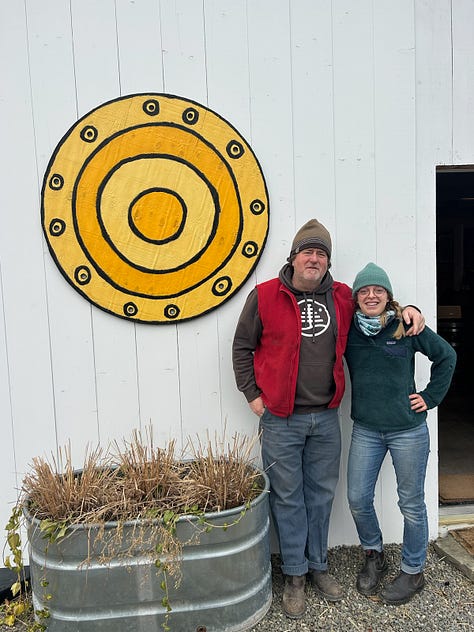
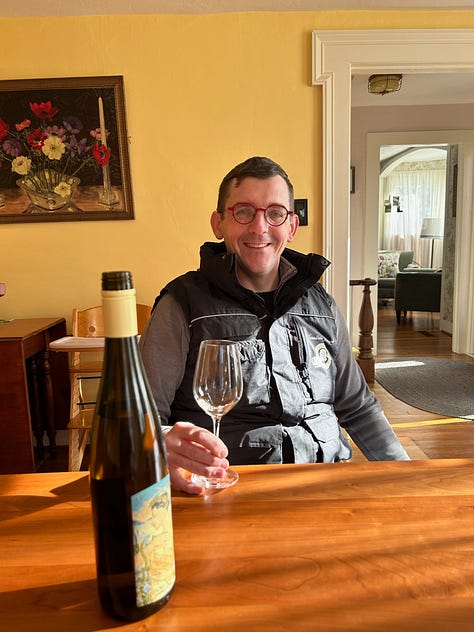
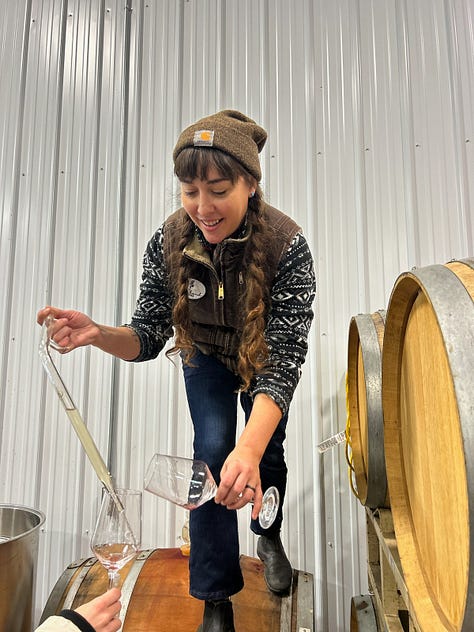
The pandemic, when people could not travel abroad, became an inflection point for the Finger Lakes. That’s when a new type of wine tourist began discovering the region. “People who normally went to Europe came here,” says Russell. “People who had a very different wine sensibility.”
Yet, for me, the biggest shift in the Finger Lakes—both now and over the next decade—is the continuing evolution from a white wine to a red wine region. The star red grape is obvious: cabernet franc. And, given the popularity of cabernet franc wines from the Loire Valley, and consumer demand for more savory, drinkable, and less oaky wines, what a perfect time for Finger Lakes cab franc to be coming into its own.
I’ve been writing about the emergence of Finger Lakes cabernet franc for at least five years. I can remember, in 2019, tasting a stunning mini-vertical of cabernet franc dating back to 2006 with Steve Shaw of Shaw Vineyard. Even then, almost every top producer had a solid-to-very-good cabernet franc. Five years later, I can find more than a dozen extraordinary examples.
“Cabernet franc feels like a nice parallel to riesling,” says Russell, who worked for many years at Finger Lakes stalwart Red Newt before launching Apollo’s Praise. “With cabernet franc, you can make very different wines from different sites.”
Underscoring the terroir-driven nature of cabernet franc, numerous producers are releasing multiple bottlings, with the higher-end offerings from single vineyards. Forge Cellars has three site-specific 2023 bottlings.
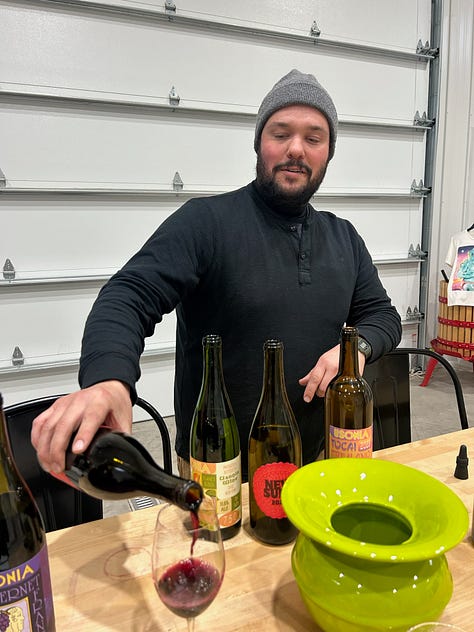
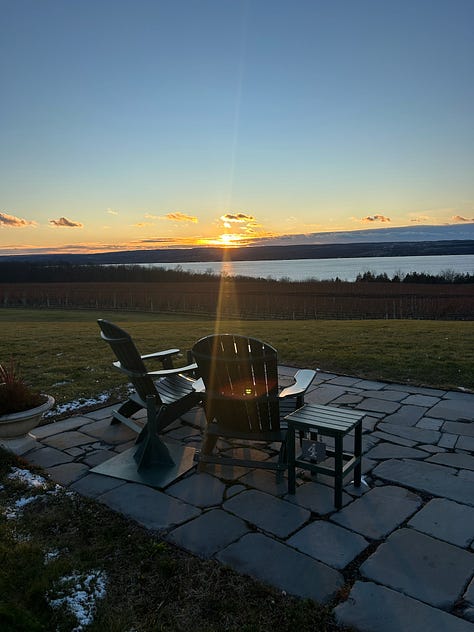
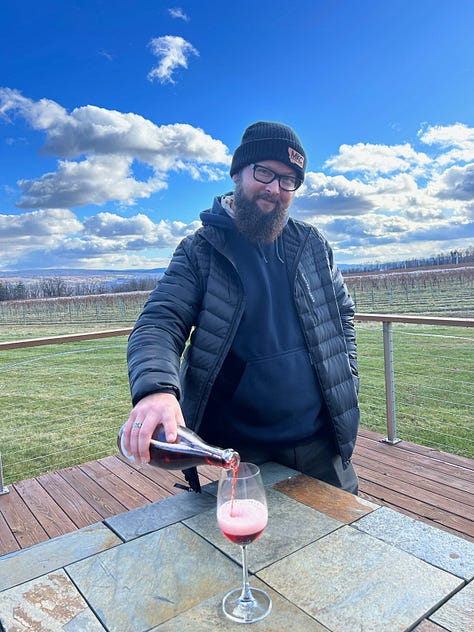
“For me, cabernet franc is the future. The texture, the aromas, the minerality. It brings you a sense of place, as well as a savory quality that goes with food,” says Léana Godard, winemaker at Forge Cellars.
In the past, an issue with the region’s cabernet franc was the impulse to steer away from the more herbaceous, or “greener” notes that are typical of the variety, which result from prevalent methoxypyrazine compounds. The solution in the Finger Lakes, too often, was to over-oak cabernet franc, rendering it indistinguishable from other reds.
Obviously, too much green character is a problem, but this fresh, savory element is something that enthusiasts of cabernet franc from the Loire enjoy. As I always tell skeptics: “black olive” and “cherry tomato”—often tasting notes in cab franc—are just as much fruits as plum and blackberry. These days, there’s much more appreciation for these flavors and aromas among consumers, and winemakers are less inclined to shy away from them.
This is not to say that Finger Lakes cabernet franc is an imitation of the Loire Valley. Not at all. As Godard, who’s worked in France, insists: “The potential for Finger Lakes cabernet franc is huge. It needs to be put on the wine map—but put on the map properly.” This new terroir-driven approach, which you can see emerging, feels like the way to go.
This piece was originally published in The New Wine Review (now part of Unicorn Auctions)
Fourteen FLX Cabernet Francs
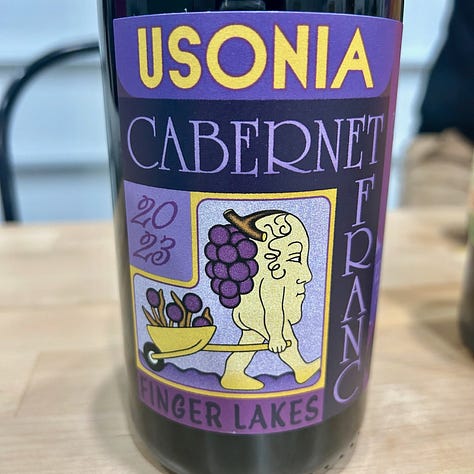
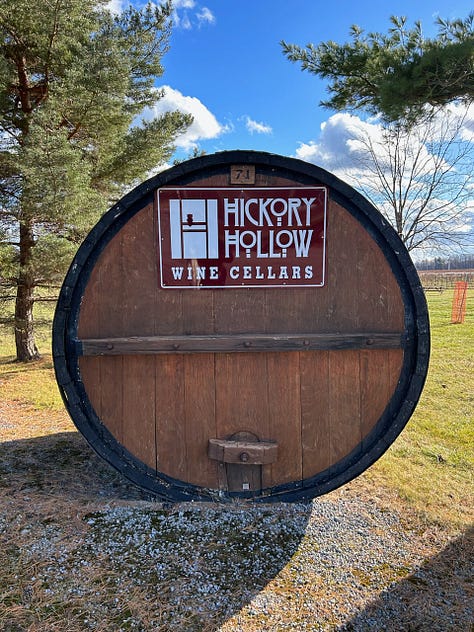
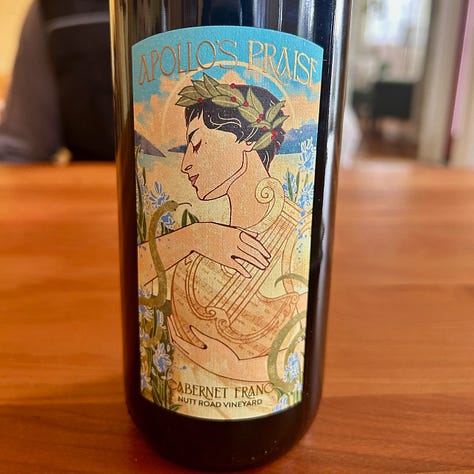
My bottle recommendations and tasting notes are for paid subscribers only. Upgrade today at a discount!


